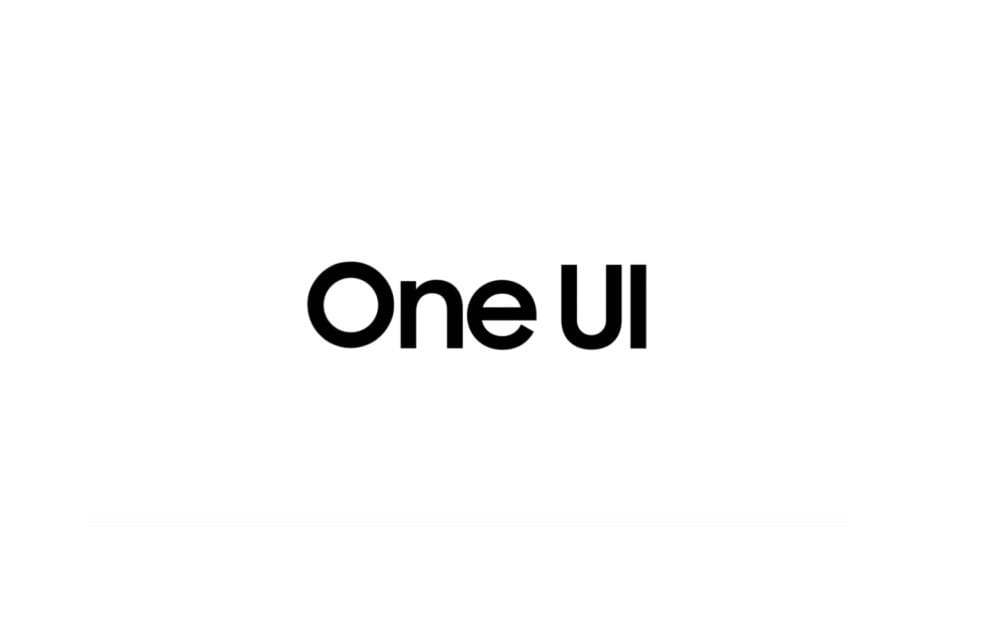Key Takeaways
1. Samsung has introduced the world’s first Micro RGB display on a 115-inch screen, targeting the ultra-premium TV market.
2. The display uses individually controlled RGB micro LEDs, under 100 micrometers, for enhanced color precision and contrast.
3. Features include a Micro RGB AI engine for real-time frame analysis and a Micro RGB Color Booster Pro for vibrant colors.
4. The technology achieves 100% coverage of the BT.2020 standard and is certified by VDE for color accuracy.
5. The display includes Samsung Vision AI with a generative AI-driven Bixby assistant and will receive Tizen OS updates for 7 years.
Samsung Electronics has unveiled what it claims to be the first Micro RGB display in the world. This new tech is being showcased on a 115-inch screen and is aimed at raising the standard for color precision in the ultra-premium television market.
Innovative Technology
The company explains that this technology employs RGB micro LEDs that are individually controlled, each measuring less than 100 micrometers, acting as a backlight for the screen. Samsung states that this setup enables “unprecedented precision” in its control, resulting in a level of color accuracy and contrast that is unmatched.
Advanced Features
Furthermore, Samsung has incorporated a “Micro RGB AI engine” that analyzes every frame in real-time to enhance the image. There’s also a feature called Micro RGB Color Booster Pro that smartly amplifies colors for a more vibrant viewing experience. Regarding color precision, this new tech achieves 100% coverage of the BT.2020 international standard and has been certified by VDE, a German electrical engineering certification body.
Smart Integration
In addition to superior image quality, the display includes Samsung Vision AI, which powers an advanced, generative AI-driven Bixby voice assistant. The system is safeguarded by Samsung Knox security and will receive Tizen OS updates for 7 years. After its debut in Korea, the technology is set to make its way to the U.S., with a worldwide launch expected to follow.
Source:
Link



